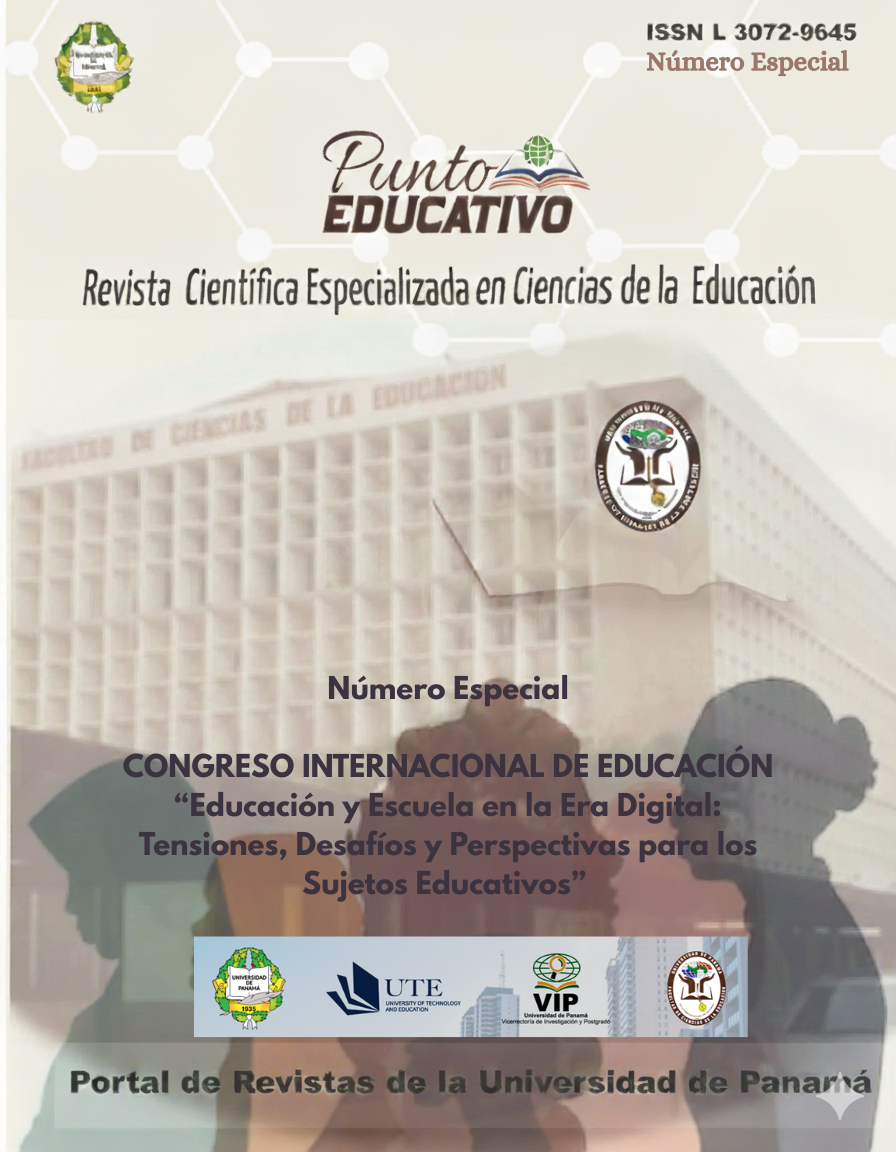

Copyright (c) 2025 Punto educativo

This work is licensed under a Creative Commons Attribution-NonCommercial-ShareAlike 4.0 International License.
This article compares the physical and sports activity of the child population of Argentina and Colombia, based on data from the National Survey of Physical Activity and Sports (ENAFyD) of 2009 and 2021. The study contrasts with the physical activity of Colombia, where Children and adolescents spent 162 days in mandatory preventive measures due to the COVID-19 pandemic. The World Health Organization (WHO) reports global problems of sedentary lifestyle, with Colombia being the country with the highest number of cases. In this way, if an active lifestyle is encouraged, it contributes to the prevention of diseases, reduces health costs, increases productivity and strengthens citizen participation and social cohesion. Physical activity is a crucial component of healthy living, but its prevalence has increased since the industrial revolution. Transdisciplinarity in physical education facilitates the creation of public policies that encourage healthy lifestyles and favorable environments for collective well-being.
This article was based on a geographical comparison between Argentina and Colombia with secondary information and specialized bibliography on physical activity with various academic documents and studies carried out by specialists in comprehensive child development, physical education and legal norms that regulate physical activity in the two countries. . The result of this analysis allowed us to systematically establish that child development based on the reinforcement of regular physical activity has made progress; Despite this, the rates or minutes recommended by the WHO have not been reached. Body culture is essential in the vital functioning of the human being, however, the advancement of industry has resulted in the appearance of machines and automobiles that reduce muscle function and therefore physical activity.